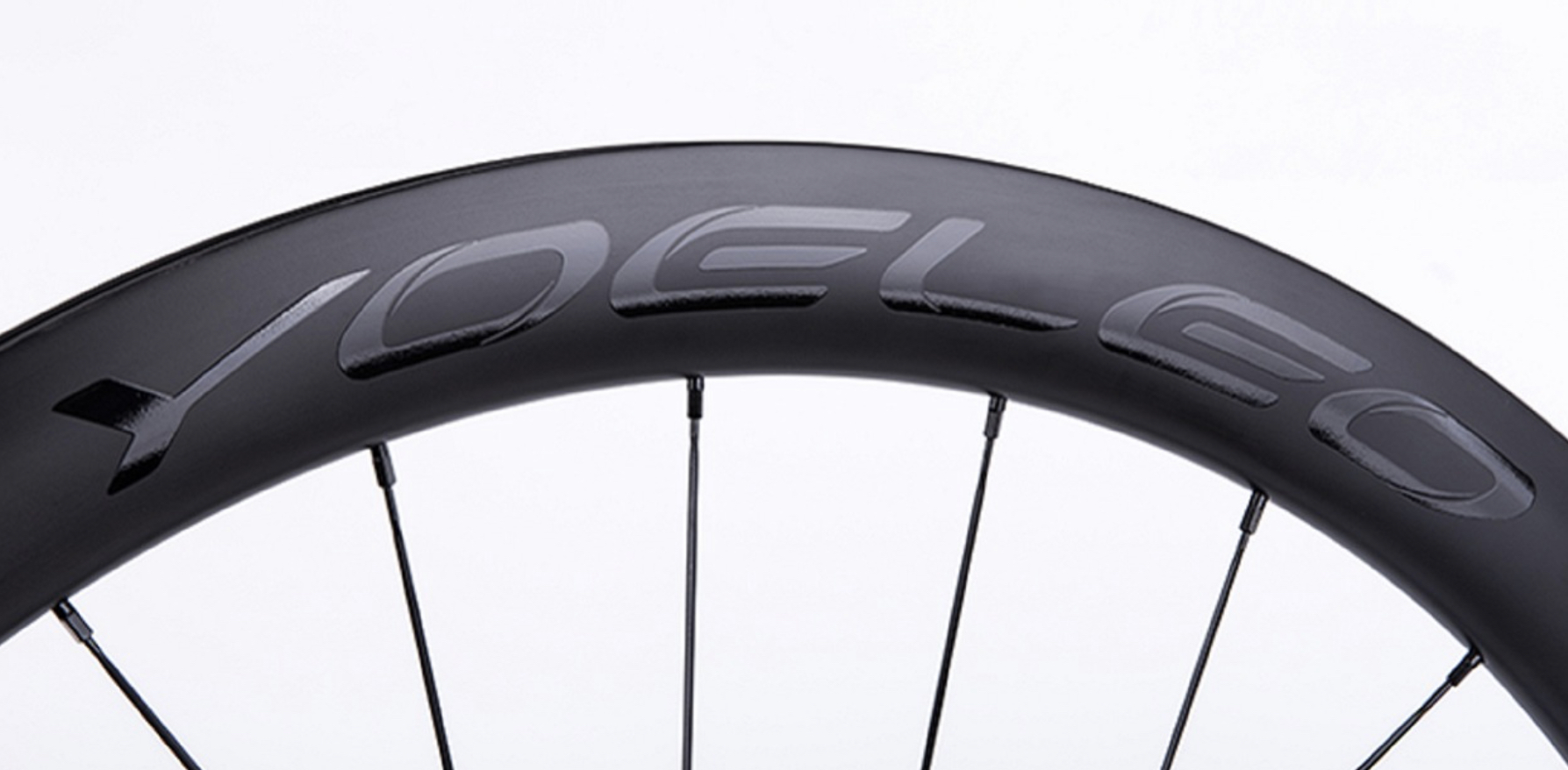
Why is a lighter bike faster?
A lighter bike can potentially be faster due to several factors:
- Acceleration: A lighter bike requires less energy to accelerate. When you pedal, a lighter bike will respond more quickly to your efforts, allowing you to reach higher speeds faster. This is particularly noticeable when starting from a standstill or when accelerating after a corner.
- Climbing: When you’re riding uphill, gravity becomes a significant factor. A lighter bike puts less weight on your legs, making it easier to pedal uphill. You’ll expend less energy fighting gravity, enabling you to maintain a higher speed or sustain your effort for a longer period.
- Handling and maneuverability: A lighter bike is generally easier to handle and maneuver. It requires less effort to steer and change directions, allowing you to navigate turns and corners more efficiently. This can be especially beneficial in criterium racing or technical courses where quick reactions and agility are essential.
- Energy conservation: The energy you save by riding a lighter bike can be crucial, especially during long rides or races. By reducing the overall weight of the bike, you minimize the energy required to maintain a certain speed. This energy conservation can help delay fatigue, allowing you to maintain a faster pace for a more extended period.
However, it’s important to note that the impact of bike weight on speed is not absolute.
Other factors, such as aerodynamics, rider fitness and technique, road conditions, and bike components, also play significant roles in determining overall performance.
Moreover, the weight reduction should not compromise the bike’s structural integrity, safety, or comfort. Ultimately, finding the right balance between weight, stiffness, and other performance characteristics is crucial for optimizing speed and overall bike performance.
More important info on why is a lighter bike faster:






